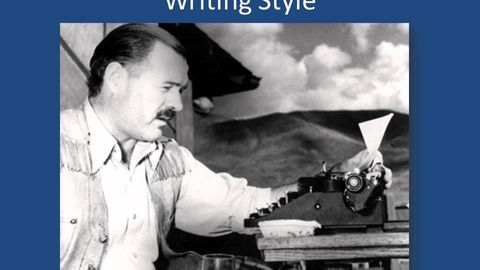海明威 (Ernest Hemingway)
songwen8778 發佈於 2021 年 01 月 14 日  沒有此條件下的單字
沒有此條件下的單字US /ˈfɪzɪkəl/
・
UK /ˈfɪzɪkl/
- n. (c.)身體檢查
- adj.身體的;肉體的;物質的;物理的
- n.體育
US /voˈkæbjəˌlɛri/
・
UK /və'kæbjələrɪ/
US /ˌɪntlˈɛktʃuəl/
・
UK /ˌɪntəˈlektʃuəl/
- n. (c./u.)智力的;使用腦力的;知識分子
- adj.智力的;理智的
- v.t.犯罪;(感情的)承諾;承諾;交付;委託;監禁;關押

